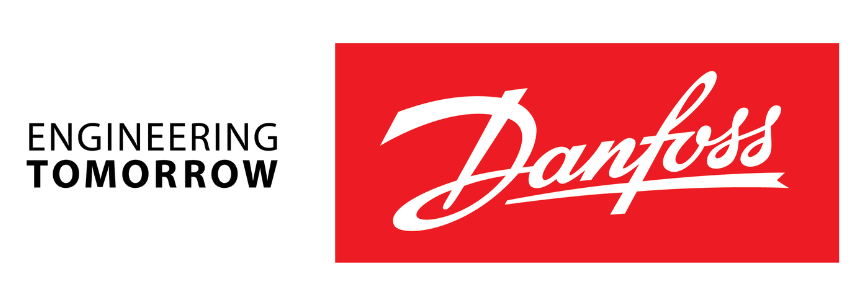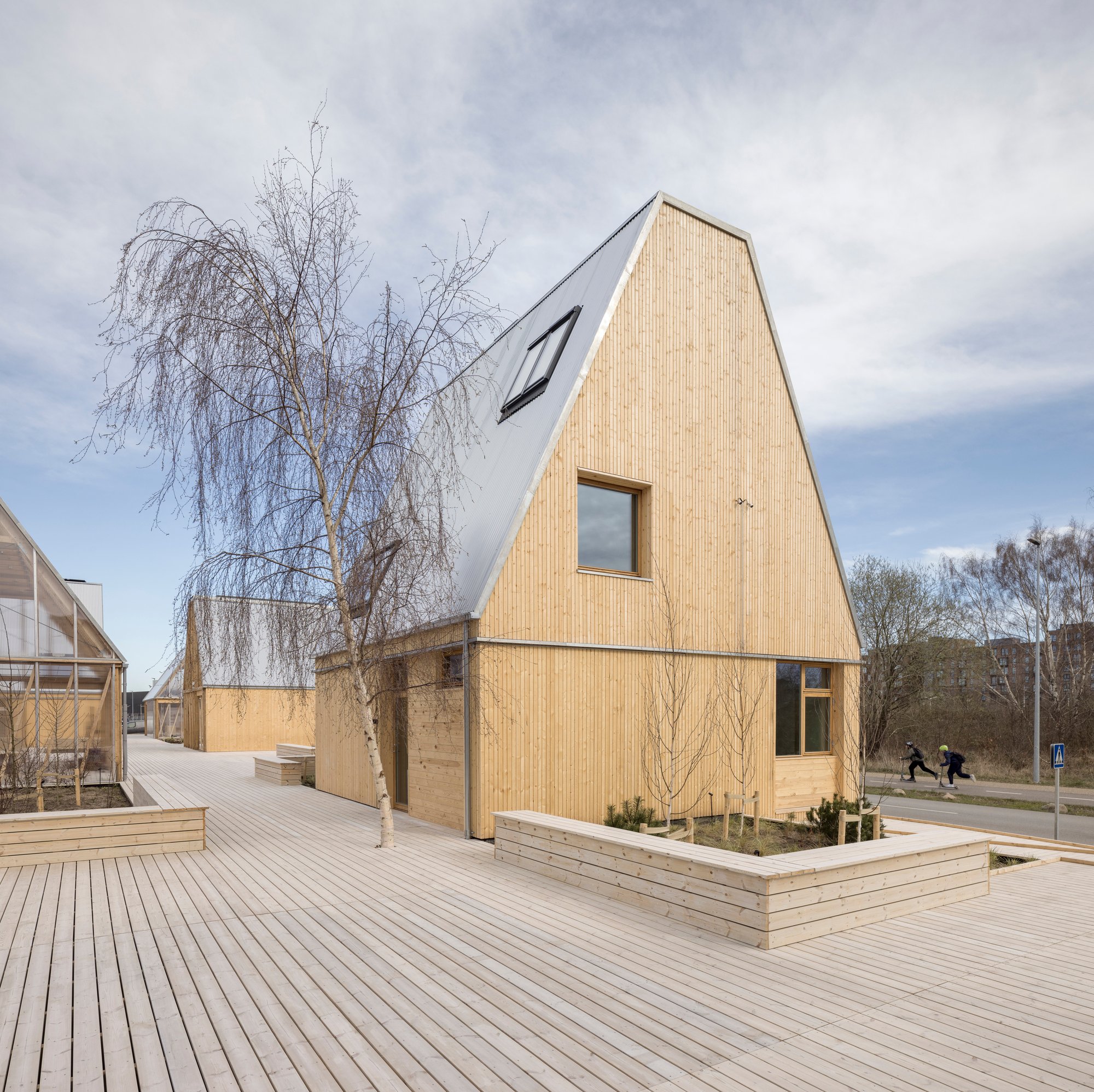News
Energy efficiency in buildings
Rethink supermarket energy demand with integrated systems

The majority of refrigeration systems in supermarkets reject all the high-temperature energy to the ambient while at the same time consuming a substantial amount of energy for heating the building.. However, heat recovery has been shown to be possible if we begin to integrate heating and cooling systems – and it is even a highly attractive business case. We could have an even higher degree of integration using smart thermal and electrical grids. It does, nevertheless, require the full support of policy-makers as well as the industry.
Every day, the refrigeration systems in supermarkets use a great deal of energy to maintain the high food quality that human beings all over the world enjoy.
Most supermarkets expel the heat produced during the cooling process into the air outside, but considerable energy savings could be obtained through large-scale heat retention. This is easily done if the refrigeration system is integrated with the existing heating, ventilation and air-conditioning (HVAC) system.
In the long run, any excess heat not used by the supermarket itself could be exported to a smart district heating grid, and the quantity could depend on the electricity price to obtain the optimal business case. Let’s say we connect the smart electrical grid with the smart thermal grid.
Not only supermarkets, but also buildings with high ventilation rates such as movie theaters, hospitals and hotels are suitable for integrated systems. For instance, in an effort to increase the exploitation of refrigeration system waste heat, one installation requirement could be that refrigeration or air-conditioning systems are only installed when integrated with a heat using entity.
It should be needless to say that energy recovery will reduce CO2 emissions remarkably. Simultaneously, businesses will make a profit from reduced heat costs and some retail stores could even obtain a revenue, selling excess heat to external users.
However, even though integrated systems can optimize energy demand and fit perfectly into the ‘smart energy‘ agenda, policy-makers are yet to become aware of this. Even the EU’s 2012 Energy Efficiency Directive does not address this issue. Traditionally, heating and cooling systems have been considered opposite to each other, maybe because the necessary technologies have not been in place. Today, they are.
In my opinion, it is about time we start talking about how the environment, as well as businesses, can benefit from changing the cooling and heating processes using new technologies. Basically, we need to rethink the demand for energy with integrated systems.
You should consider reading
solutions
Energy efficiency in buildings
+2















